The Nikon AW110 has been my main on the water camera for the last few years. Many of the images on the site have been taken with this camera or a Nikon DSLR (D5100 or D7100). I had previously used a Sony TX10 with great success but it was getting a little long in the tooth and technology had moved on.
The Nikon AW110 is now around 3 years old and things have moved on with Nikon releasing the AW130 a few months back. However after using the AW110 for so long and the price reducing so significantly I thought many readers of Unsponsored would be keen to find out more about this rugged point and shoot camera.
The Sony was my first waterproof digital camera. It was a brilliant camera it did have a couple of issues. Firstly the camera despite being fully waterproof was not built like a typical action sport camera. It looked like a straightforward point and shoot camera that was a positive in many respects, but it lacked the tough looks (and possibly build) or more traditional action cameras. It also had a large sliding panel on the front of the camera that when in the down position switched the camera on and exposed the lens. This was super quick but could easily be fouled by dirt and grit.
After looking for an upgrade I settled on a Panasonic unit but didn’t like the overall feel or indeed the performance of the camera. During this time I had been using a Nikon DSLR and was intrigued by the possibility of picking up a Nikon rugged camera that would have the same kind of menu and options as the DLSR I was using at the time, hence the AW110.
The AW110 is a different beast to the Sony. It certainly looks like an action camera without being over the top. The camera houses a 16 mega-pixel sensor, is waterproof (18m), dustproof, freezeproof (-10c) and shockproof (2m). It has a built in GPS and is WIFI enabled making it super easy to transfer images to other devices. The layout of the buttons and screen on the camera will be familiar to those that have owned any of the Coolpix range of cameras. Everything is very accessible and well laid out. Button size is pretty good considering the overall size of the camera and the real estate that is available.
The two main buttons (switching on/off and taking pictures) are located on the top of the camera. The power button is quite small and sits lower than the main profile of the camera which offers a little bit of protection against accidentally switching the camera on. The button used for taking pictures sits slightly higher and is the largest button on the camera which makes perfect sense.
There is no viewfinder on the camera so you must rely on the 3 inch OLED screen to frame your image. When out in very bright sunlight the OLED screen can be a little difficult to see at times but this is a common flaw for all cameras without a viewfinder. To protect the screen I have used some 3M Heli Tape cut to shape. It’s not ideal but has been doing the job really well over the last few years. I have since found that there are several aftermarket screen protectors out there. Given the cameras intended use it would be great if Nikon supplied some sort of system like this for the camera.
The camera takes a standard sized SD card. I have been using a Samsung Pro 32GB with this camera with no issues. 32GB tends to be more than enough to store thousands of 16 mega-pixel images or full 1080p HD video.
Image quality is very good for such a small unit. It does struggle in low light to some extent due to its relatively slow lens. But I find it adequate for a camera at this price point and it is certainly at least as good if not better than its contempories of the time.
The camera is available in black, orange or camouflage. I went for black and have added a brightly coloured lanyard. Perhaps orange would have been a better option.
Carrying a camera to catch some action is all well and good but you need to be able to access it quickly and turn it on quickly. Size wise the AW100 is ideal for storing in a PFD pocket. One of the mesh pockets within the Astral Greenjacket clamshell is perfect for the camera. From removing the camera from my pocket it takes just over 1 second for the camera to switch on and be ready to take its first photograph or begin filming.
Overall I have been very please with the AW110. It has had a hard life; it has taken thousands of images, hours of video, and has been dropped and bashed more times than I care to remember. Despite this it still looks pretty good. It has worn extremely well with only its finish being marked in a couple of places. The battery has continued to have a pretty long life span and is still happy to keep on going taking well over two hundred photos between charges. Since purchasing the camera some three years ago the AW110 has been superseded by the AW130. The new camera shares many of the same traits as the AW110 but has been improved in a number of areas.
One of my main gripes with the AW110 is the inability to charge over USB. The only way to charge battery is to use the provided external charger plugged into a wall socket. It’s not a big deal but if you are away it’s something else to pack and you need to account for different plug sockets when travelling abroad. I much prefer the option to charge from USB with a cable that I can use with multiple devices. Thankfully Nikon have listened to the many request and as a result the AW130 has the ability to charge over USB.
Low light performance has also been improved along with an even wider lens (24mm vs. 28mm) at F2.8 rather than f2.9. Although better it hasn’t been a big enough improvement to encourage me to upgrade.
That said if you want a great rugged camera I wouldn’t hesitate to recommend the AW110 or even the much improved AW130.
Nikon also do a waterproof camera with interchangeable lenses. The AW1 is on our list for review this year.
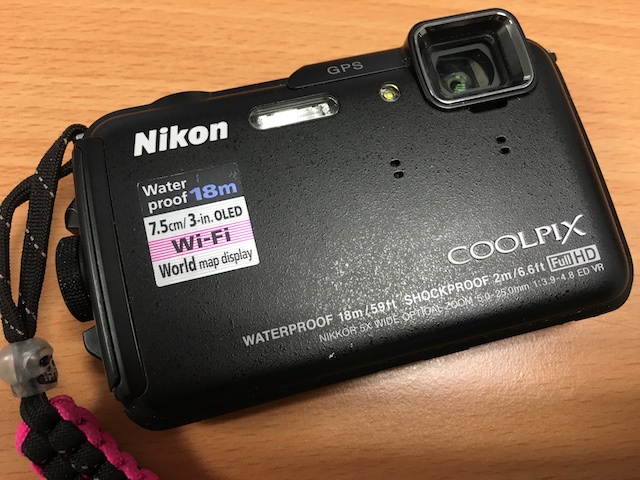
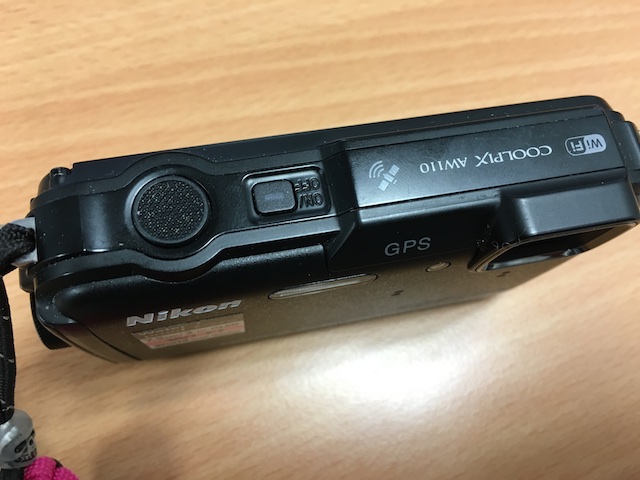
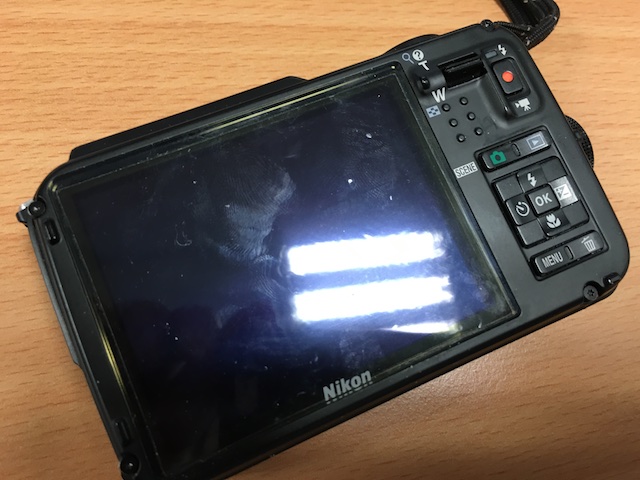
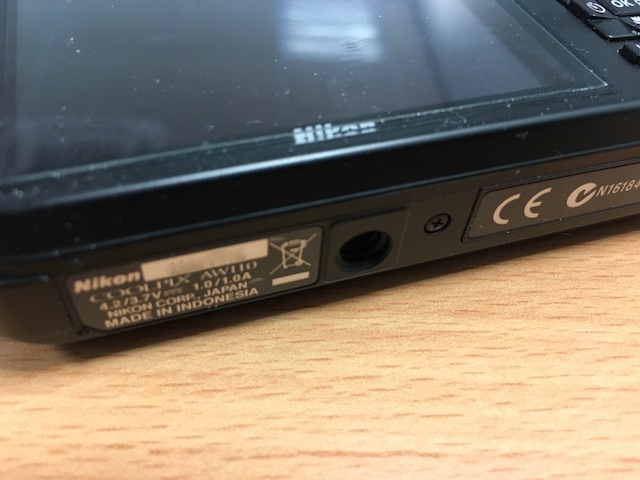
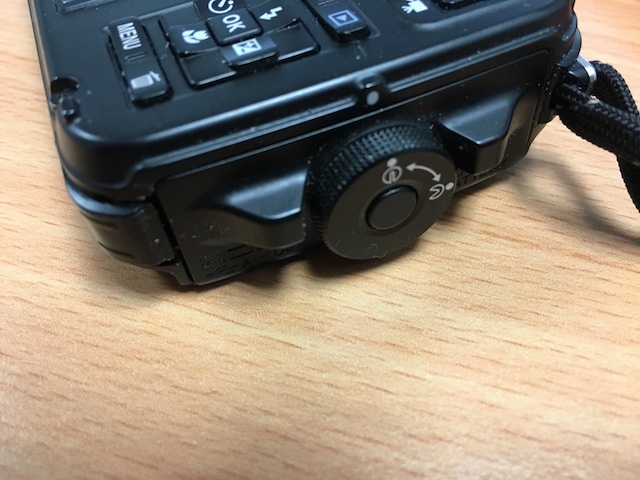


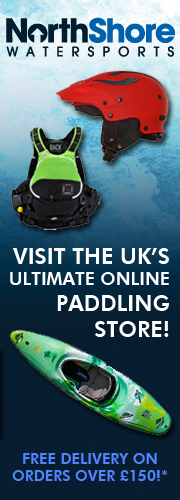
Leave a Reply